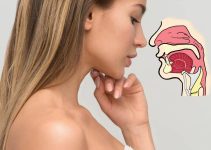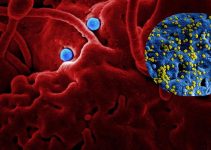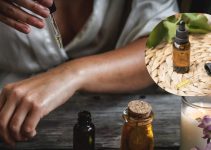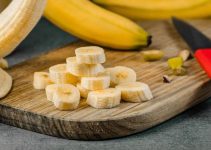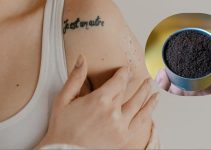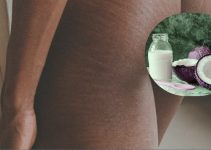There are different treatments for varicose veins depending on the severity, including oral medications, home remedies, injections, surgery, and more.
Varicose veins can cause discomfort and pain.
According to one study, 20% of adults experience varicose veins at some point.
However, some home treatments for varicose veins can help treat the pain and its appearance.
Next, we will teach you ten natural remedies to treat varicose veins at home.
What are varicose veins?

Varicose veins develop when certain small valves in them weaken.
Then, this causes twisting and swelling of the veins because these tiny valves prevent the blood in the veins from flowing backward.
The most common symptom of varicose veins is that their appearance turns dark blue or purple. Many times, in addition, they protrude from the skin.
Other symptoms of varicose veins are:
- Feeling of pain or heaviness in the legs
- Swelling of the feet and ankles
- Throbbing or burning sensation in the legs
- Muscle cramps
- Dry or irritated skin that looks thinner over the varicose vein
10 Home Treatments For Varicose Veins
Here are some home remedies that can help you treat the symptoms of varicose veins.
1. Excercise

When you exercise often, it helps improve circulation in your legs and thereby improves the symptoms of varicose veins.
Low-impact exercises help you move your leg muscles without too much tension.
Some low-impact exercises to treat varicose veins include:
- Cycling
- Walking
- Swimming
2. Compression Stockings
Another option is to apply pressure to the legs. You can use the compression stockings that are available in most drug stores.
According to a 2018 study, it was possible to reduce the pain caused by varicose veins in patients who used knee-high compression stockings with a pressure of 18 to 21 mmHg for seven days.
3. Plant Extracts

According to an investigation conducted in 2006, horse chestnut extract can help reduce leg heaviness, itching, and pain in people with chronic venous insufficiency (one of the leading causes of varicose veins).
In addition, a study revealed that both sea pine extract and Butcher’s broom extract help reduce leg swelling and edema associated with varicose veins.
4. Dietary Changes
First, it is necessary to reduce the consumption of foods rich in sodium since these generate fluid retention in the body. For its part, potassium is excellent for reducing fluid retention.
Some foods rich in potassium are:
- Potatoes
- Almonds and pistachios
- Green leafy vegetables
- Lentils and white beans
- Some fish such as tuna or salmon
On the other hand, foods rich in fiber help fight constipation, which is very harmful to the health of the veins.
Some foods that contain fiber are:
- Whole-grain foods
- Oats
- Seeds
- Legumes
- Wheat
- Nuts
- Flaxseed
5. Eat More Flavonoids
Flavonoids also help improve the functioning of the circulatory system.
Some foods rich in flavonoids are:
6. Herbal Remedies
The National Institute of Health claims that taking grape seed extract helps reduce swelling in varicose veins. However, there is little evidence in this regard.
In fact, those taking blood-thinning medication should avoid consuming grape seed extract because this can interfere with the drug and increase the risk of bleeding.
7. Choose Non-restrictive Clothing
Tight clothing can cause problems with good blood circulation, so it is advisable to wear loose clothing.
Also, it is not advisable to wear heels as this damages the veins.
8. Keep The Legs Elevates
Elevating the legs serves to improve blood circulation as gravity helps blood flow back to the heart while reducing pressure on the veins in the legs.
Also, it is essential to avoid prolonged sitting.
9. Massage
Gentle massages help blood flow through the veins. You can use oils or creams for better results.
Remember that you should not press directly on the veins as it could damage the fragile tissues.
10. Keep Moving
It is advisable to avoid sitting for a long time. If you cannot avoid it because of your work, it is essential to change positions frequently.
In turn, you should not sit cross-legged because this does not allow good blood circulation.
Medical treatment for varicose veins
If home treatments aren’t helping, your doctor may prescribe:
- Ligation and stripping: varicose vein removal.
- Endothermal ablation: sealing of affected veins using heat.
- Sclerotherapy: special foam that shrinks and closes the veins.
- Endoscopic vein surgery: vein removal through small incisions. A small camera is inserted into the inside of the legs to better view the surgical process.
- Laser surgeries: application of bursts of intense light to combat varicose veins.
- Ambulatory phlebectomy: puncture of the skin whereby varicose veins are removed through small slits.
Conclusion
Varicose veins can be uncomfortable and painful. But treating them at home is possible.
People who have severe varicose vein problems should consult their doctor to indicate the appropriate treatment for their case.
